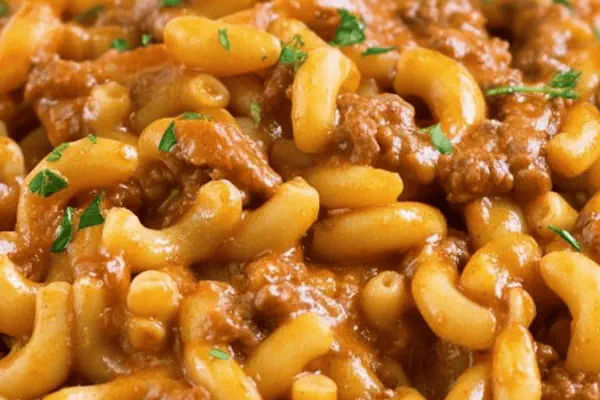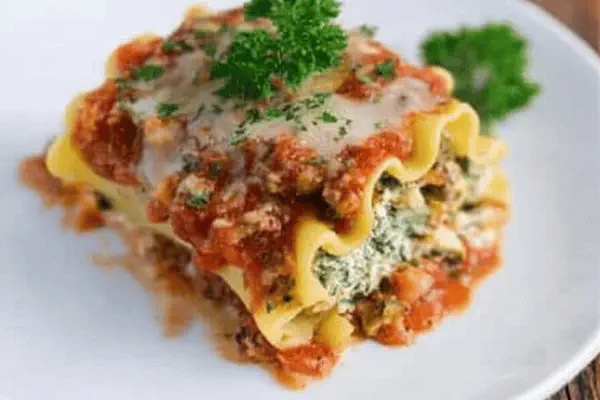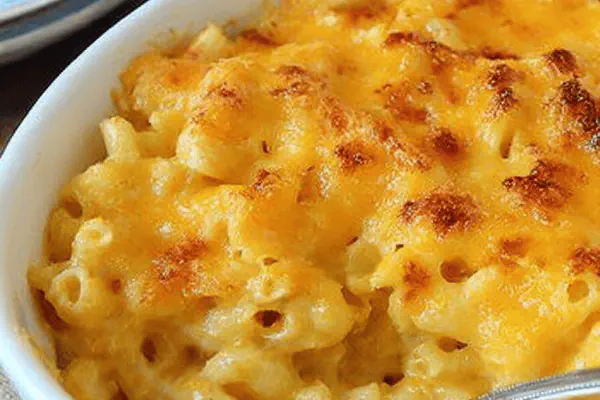Macaroni Tomatoes Twist

By Emma
Certified Culinary Professional
Ingredients
- 1 cup small shell pasta (or elbow macaroni)
- 2 teaspoons kosher salt
- 2 tablespoons rendered bacon grease (substitute schmaltz or olive oil)
- 1 can (14.5 oz) diced tomatoes with juice replaced with fire-roasted tomatoes
- 1/2 teaspoon black pepper freshly ground
- 1/4 teaspoon fine red sugar or honey
- Pinch garlic powder optional
About the ingredients
Method
Cook Pasta
- Boil salted water till it roars; 1 teaspoon salt per quart. Toss in pasta. Stir early; pasta sticks like old wisdom says. Watch for firm bite; slight chew but no mush. Around 7 minutes but trust feel not clock. Drain swiftly in colander then rinse under cold tap. Stops residual heat from softening pasta further. Saves texture for mixing later. No shock can overdo. Just enough to cool quickly, pasta still cool but bouncy.
Prepare Tomato Base
- Heat bacon grease till shimmering, not smoking, in large pot or Dutch oven. Drops of fat flick dancing in pan. Pour canned diced tomatoes with juices straight in. Hear sizzle, bubbles pirouetting. Crank heat to boil, then drop to medium low. Patience matters; stirring occasionally stops sticking edges. Tomato water evaporates, splashy hiss fades. After about 12 minutes you’ll see a thick rich sauce. Glossy with reduced volume. Not sticky but visibly slower bubbling meaning thickening done.
Combine and Season
- Dump pasta into tomato pot, fold gently. Feel slickness change as pasta coats. Add salt; start small because bacon grease salty. Black pepper grinds fragrant, sharp bite melts into heat. Sugar or honey balances bright acid. Optional garlic powder for warm undertone. Mix well. Taste test–must hit balance of tart, slight sweet, salty. Adjust seasoning with confidence.
- Serve immediately warm; cool down and reheat makes pasta gummy, no good. If not eating soon, toss with splash olive oil to keep separate. Double batch freezes well but better fresh. Watch pasta—any longer soaked gets mushy even with rinsing.
Notes and Tricks
- Shell pasta picks up sauce better than elbow, changed after trial runs. Rinsing pasta chills it to stop cooking, prevents over softening, crucial step ignored often. Bacon grease adds deep umami fat; replace careful with schmaltz or olive oil but flavor differs. If tomatoes watery too long simmer. Add pinch of tomato powder or quick sprinkle corn starch slurry to fix watery mess. Heat control vital—too high scorches sauces, leaves burned notes. Stir often but gently; too rough breaks pasta. Final taste should be savory with subtle sweet cut to suppress tinny canned acidity. No em dash here, commas or semicolons only; pet peeve learned the hard way.
Cooking tips
Chef's notes
- 💡 Boil water loud with salt upfront, 1 tsp per quart minimum. Pasta sticks early—stir fast, constant till al dente. Drain quick then rinse cold briefly. Stops hot carryover, keeps bite firm. No overshock or mush soon follows.
- 💡 Fat type switches how sauce tastes. Bacon grease deep, smoky; schmaltz adds meaty notes; olive oil safest neutral swap. Heat fat low till shimmer, not smoking, to avoid bitter burns on tomatoes.
- 💡 Watch tomato simmer not boil hard but active; bubbles slow, sauce thickens, edges slightly dry and glossy. Stir gently, avoid pasta break if adding early. Thickness cues readiness, watery sauce means longer wait or quick fix with pinch starch slurry.
- 💡 Add salt sparingly—fat already salty. Black pepper must be fresh ground; dusty kills flavor. Red sugar or honey balances tomato sharpness and tinny canned overtone. Taste after each add, adjust steadily, no rush.
- 💡 Shell pasta outperforms elbows for sauce cling, trial showed shells trap sauce pockets better. Rinsing cold stops pasta softening further after drain but don’t soak long or gums appear. Fold pasta by hand, feel sauce coat change from slick to cling.
Common questions
Why rinse pasta after cooking?
Stops heat carryover, prevents mush. Not full cooling needed, quick rinse cools outer layer only. Keep some bite intact. No long soak or gums form. Keeps texture ready for sauce fold.
Can I swap bacon grease for olive oil?
Yes but flavor less deep. Olive oil neutral, schmaltz richer, bacon grease smoky umami punch. Adjust salt since fat taste changes. Heat carefully; olive oil burns faster so lower heat better.
Sauce too watery after simmer?
Keep simmer going slower, no high boil. Longer evaporation needed. If rushed, sprinkle little tomato powder or stir corn starch slurry. Avoid scorch by gentle stir. Thickness visible, sauce glossy with slow bubbles.
How to store leftovers?
Toss with olive oil first or sauce sticks pasta. Refrigerate sealed short term. Freeze works but texture softens when reheated. Avoid reheating mouth feels gummy. Best fresh but last resort cool stored well.



